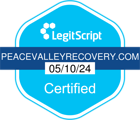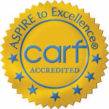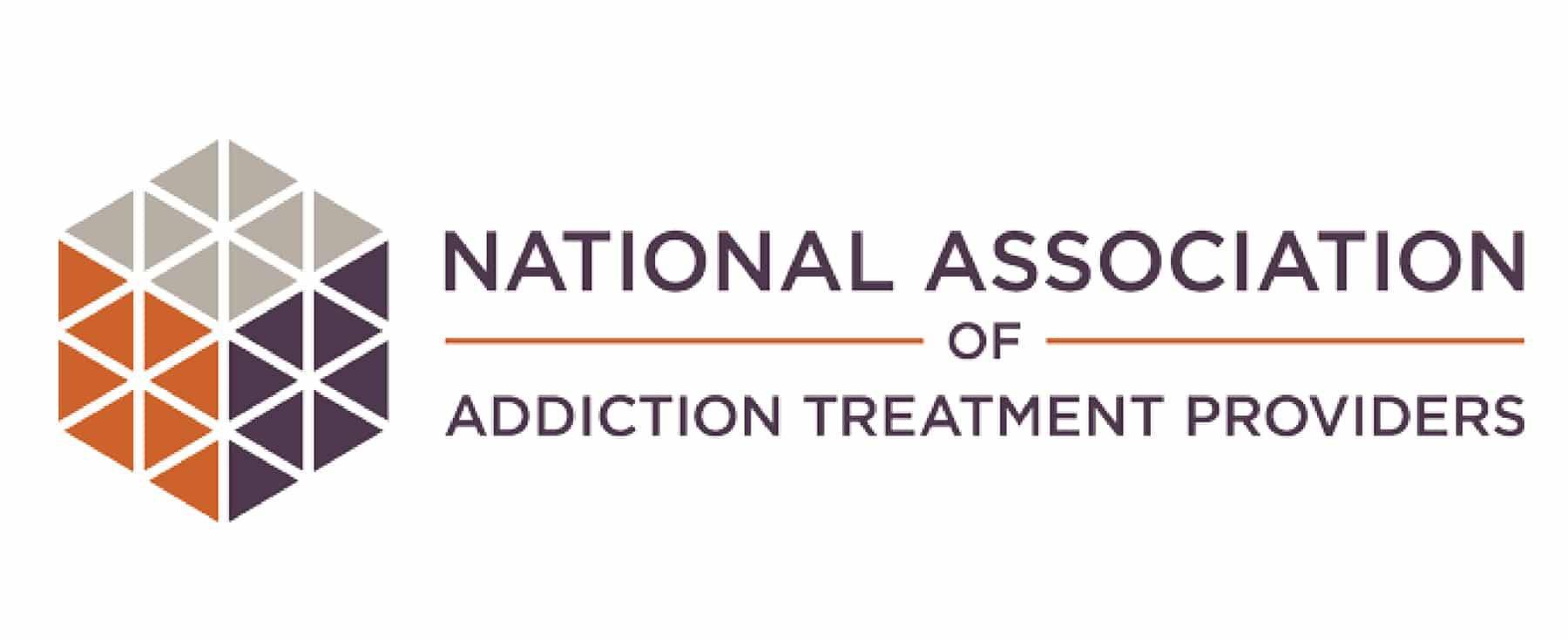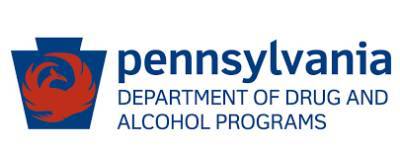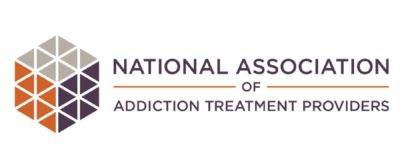Drug and alcohol addiction is a nationwide problem that affects every subsection of the population. Anyone can struggle with drug or alcohol addiction, from adolescents to adults, high-level corporate executives to housewives, straight-A students to struggling drifters.
An estimated 14.8 million people ages 12 and older in the United States had an alcohol use disorder in 2018. 8.1 million people in the same population lived with a substance use disorder. With more than 5 percent of the population struggling with their alcohol or substance use, there is a clear need for solutions.
Thankfully, treatment facilities throughout the country provide help to people trying to stop using drugs and alcohol. Medication-assisted treatment (MAT) is a common component used in treatment programs at these facilities. It combines the use of medication with behavioral therapy and counseling to treat all aspects of addiction.
How does medication-assisted treatment help those trying to stay alcohol and drug-free? Who benefits from MAT and how does a person know whether MAT is right for them? Continue reading to learn more.
What is Medication-Assisted Treatment (MAT)?
Addiction and alcoholism are complex conditions with a wide range of causes that affect every aspect of an individual. They are relapsing diseases with both physical and psychological impacts that make them difficult to treat with a single method. Effective drug and alcohol treatment incorporates a variety of approaches specific to each individual.
Medication-assisted treatment is one approach used to treat substance and alcohol use disorders. MAT combines medications approved by the FDA with counseling and therapy to address all aspects of a person during treatment. The Substance Abuse and Mental Health Services Administration describes this as a “whole-patient” approach.
The main reasons certain individuals benefit from the use of medication-assisted treatment include:
- Reducing the impact of withdrawal symptoms during detox
- Relieving the severity of cravings during early recovery
- Blocking the stimulating or intoxicating effects of substances
- Discouraging substance or alcohol use by causing unpleasant side effects if used
Medication-assisted treatment is not a cure to addiction or alcoholism. Reducing symptoms and relieving cravings does not address the core condition. Ultimately, MAT aims to eliminate as much substance-related distraction as possible so an individual can focus fully on their treatment program.
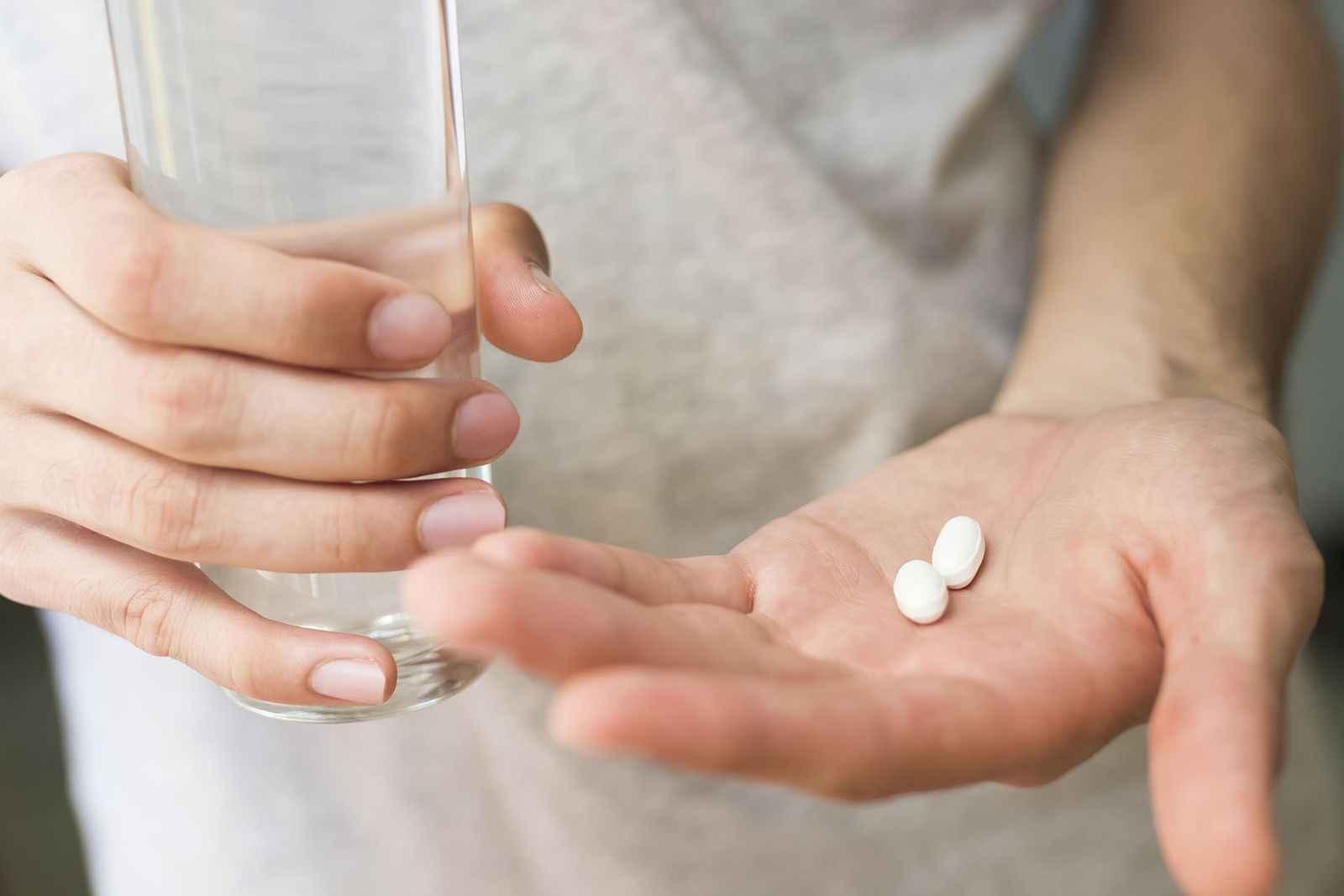
Who Does Medication-Assisted Treatment Help?
Medication-assisted treatment helps people who are trying to stop using drugs and alcohol and stay substance-free. It’s most effective when used to treat dependence on physically-addictive substances. For example, people who struggle with opioid or alcohol addiction are the two main candidates for medication-assisted treatment.
Medication-Assisted Treatment for Opioids
Opioids are one of the most common illicit substances in use today. 10.3 million people ages 12 and older misused opioids in 2018 alone. Of those people, an estimated 2 million qualify for an opioid use disorder. This class of drugs includes substances like:
- Heroin
- Prescription painkillers (Vicodin, Percocet, OxyContin)
- Codeine
- Morphine
- Fentanyl
Along with being one of the most commonly used illicit substances, opioids are by far the most destructive. The rates of fatal overdoses due to these substances surpass any other kind of illicit drug. There were 46,802 deaths due to overdose involving opioids in 2018, accounting for 69.5 percent of all overdose deaths.
The impact of opioids is undeniable. Clinicians incorporate medication-assisted treatment with the goal of significantly reduce these numbers over the upcoming years.
Medications Used for Opioid Addiction Recovery
Medication-assisted treatment is commonly used as a part of many opioid rehab treatment programs. Since a one-size-fits-all approach to addiction treatment is not effective, there are three types of medications approved for use by the FDA to treat opioid addiction:
- Methadone
- Buprenorphine
- Naltrexone
Each type of medication is useful in certain situations. Clinicians select the most beneficial type depending on an individual’s particular circumstances.
Methadone
Methadone was one of the first medications used to treat opioid addiction and is still in use today. It is a full opioid agonist which means it activates opioid receptors throughout the body in the same way other opioid drugs do. Methadone is taken once a day either as a tablet, powder, liquid, or diskette.
By activating opioid receptors, methadone both relieves withdrawal symptoms and reduces cravings. It’s helpful when used as prescribed but these effects create a high potential for addiction if a person uses more than prescribed.
The minimum recommended treatment time with methadone is 12 months, in conjunction with a comprehensive addiction treatment program. In some circumstances, long-term methadone maintenance treatment is helpful for certain patients.
Methadone is only available from certified opioid treatment programs because of the high potential for addiction. It’s usually offered to individuals while they’re in a clinic environment but is sometimes available on an outpatient basis to those who prove proper, stable use.
Naltrexone
Naltrexone is one of the latest introduction to medication-assisted treatment. It is an opioid antagonist which means it also binds to opioid receptors but blocks them instead of activating them. While methadone and buprenorphine cause mild opioid-like effects to limit cravings, the medication removes these effects.
Naltrexone entirely blocks all of the euphoric or enjoyable effects of opioids. Someone who tries using opioids while on the medication will not feel high at all. This eliminates the possibility of abuse or addiction that happens with methadone or buprenorphine. It doesn’t cure addiction, though, and should still be used in conjunction with therapy and counseling.
There are two forms of naltrexone: a pill and an intramuscular injection. The pill form must be taken once per day while the injection is only once per month. The injectable form is the easiest way to ensure a patient receives their medication consistently. Vivitrol, the brand name injectable, is one of the most common options for naltrexone treatment.
Patients starting naltrexone should be free from opioids for at least 7 to 10 days. If someone still has opioids in their system while starting naltrexone treatment they’ll go into immediate withdrawals. They must complete the detox process before they can receive their first dose.
Buprenorphine
Buprenorphine is another option used for medication-assisted treatment for opioids. It is a partial opioid agonist meaning it also activates opioid receptors but to a lesser extent than a full opioid agonist. It also functions as an antagonist to block the more intense effects.
While methadone is a full agonist and naltrexone is a full antagonist, buprenorphine is in a class of its own. It combines the effects of both drugs to limit addictive potential while providing relief during the detox and early recovery period.
The reduced potential for addiction gives doctors the ability to prescribe it on an outpatient basis. This makes buprenorphine a more accessible medication than methadone when used on an ongoing basis.
Buprenorphine is available in numerous forms: pills or tablets, film strips, implants, and intramuscular injections. The most common types of buprenorphine available include:
- Subutex (tablets)
- Suboxone (film strips or tablets)
- Probuphine (implants)
Like naltrexone and methadone, buprenorphine is not a miracle drug that removes addiction. It’s an effective tool when used alongside therapy and counseling because provides relief from cravings so patients can focus on treatment.

Medication-Assisted Treatment for Alcohol
Unlike opioids or other illicit substances, alcohol is readily available almost anywhere. Although millions of people throughout the United States consume alcohol responsibly, there are also incredible numbers of people who abuse it.
14.4 million people, or 5.8 percent of all adults ages 18 and older in the United States, have an alcohol use disorder. This means that about 1 in 20 people have a drinking problem that is both compulsive and progressive.
Heavy alcohol use is dangerous in the same way as opioids are. More than 88,000 people died of an alcohol-related cause in 2018. Alcohol-related deaths are the third leading cause of preventable death in the United States.
Recovery is possible, though! There are resources available to those who want to get sober. Medication-assisted treatment for alcohol use disorder is one option for those trying to stop drinking.
Medications Used for Alcohol Addiction Recovery
Medication-assisted treatment is also available for people in recovery from alcoholism. It incorporates the use of FDA-approved medications to relieve withdrawal symptoms or deter people from drinking once they’re sober.
Many treatment facilities incorporate the use of medication for individuals seeking alcohol rehab. Like medication-assisted treatment for opioid addiction, MAT is another way to help individuals focus more on treatment and less on alcohol. The most common medications for alcohol addiction recovery are disulfiram and naltrexone.
Disulfiram
Disulfiram is a medication intended to discourage people from drinking after getting sober. It causes adverse physical reactions when a person drinks while taking the medication. Effects take place as soon as 10 minutes after drinking and last for at least an hour. These reactions include:
- Nausea
- Vomiting
- Flushing of the face
- Headache
- Chest pain
- Sweating
- Anxiety
While reactions on disulfiram are intended to be incredibly uncomfortable, they aren’t typically fatal. They’re intended to be intolerable to the point that someone would rather avoid drinking than deal with the effects.
Disulfiram is not at all a cure for alcoholism. It addresses the drinking symptom but not the underlying causes of why the person drinks. The medication should be used as part of a comprehensive alcohol treatment program that incorporates therapy, counseling, and more.
Naltrexone
Naltrexone is not only used to treat opioid dependency, but it’s also an effective medication for those trying to stop drinking. It blocks the enjoyable effects of alcohol in the same way it blocks the euphoric effects of opioids.
The goal of naltrexone treatment for alcohol abuse is to replace alcohol as a person’s go-to for pleasurable feelings. It’s used to reduce alcohol cravings and individuals work through their program. It supports their efforts as they learn more about learning to live without turning to alcohol.
Using naltrexone alone isn’t going to remove a person’s desire to drink, though. It’s a helpful part of a whole treatment program. People need to work through the core issues that lead them to drink in the first place if they want to stay alcohol-free for the long-term.
Is Medication-Assisted Treatment Effective?
It’s important to understand whether medication-assisted treatment is effective before starting it. There’s no reason to incorporate a treatment method that isn’t helpful, after all. It’s important to consider how the medication is used when determining whether MAT is an effective form of treatment.
Some people stand against MAT, pointing out that it only replaces one drug with another. An individual comes into treatment with heroin addiction and leaves with a dependence on methadone instead. Is this the best way to treat addiction and alcoholism?
Substantial research on medication-assisted treatment suggests strong correlations between its use and reduced deaths due to opioid overdose. Compared to those who took no replacement therapies, individuals on medications saw lower rates of relapse and overdose.
Still, one-size-fits-all approaches are not the most effective way to treat drug addiction and alcoholism. What works for one person may be detrimental to another. Medication-assisted treatment might be a life-saving component to someone’s treatment program but keep someone else trapped in the addiction cycle.
Whether medication-assisted treatment is effective often depends on each individual. The need for MAT can be determined on a case-by-case basis. Individualized approaches to alcohol and drug rehab are the most effective way to treat people who are learning to live clean and sober.
Other Addiction Treatments and Therapies
How to Find Medication-Assisted Treatment in Pennsylvania
Are you trying to find medication-assisted treatment in Pennsylvania for you or a loved one? Now that you have a deeper understanding of what MAT entails, do you think it may be a helpful tool?
Remember that medication-assisted treatment is not a cure for addiction, nor should it be used on its own. It can be a helpful tool when incorporated into an individualized treatment program. There are plenty of facilities throughout the state that use medication to support patients in their treatment programs.
Peace Valley Recovery provides informed and knowledgeable treatment to people trying to stop using drugs and alcohol. We understand the work it takes to develop an effective foundation for long-term recovery and we’re here to help.
If you want to learn more about medication-assisted treatment in Pennsylvania, give us a call at (215) 780-1953. One of our admissions counselors can help you understand your options and start determining which approach to treatment may be the best for you. Take that first step and reach out to us today!


